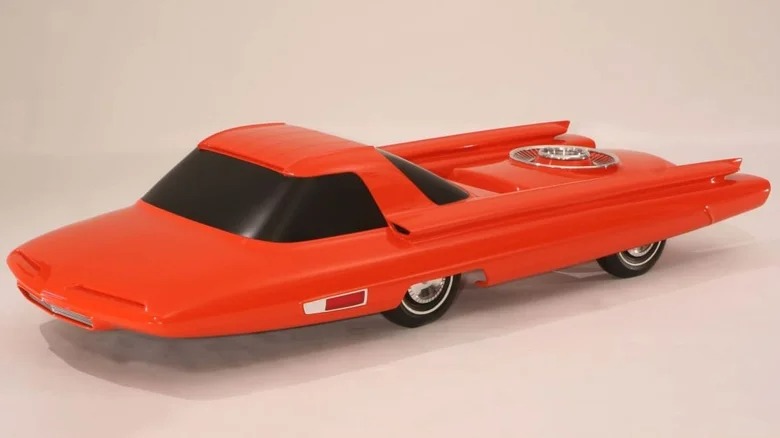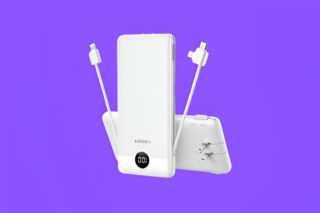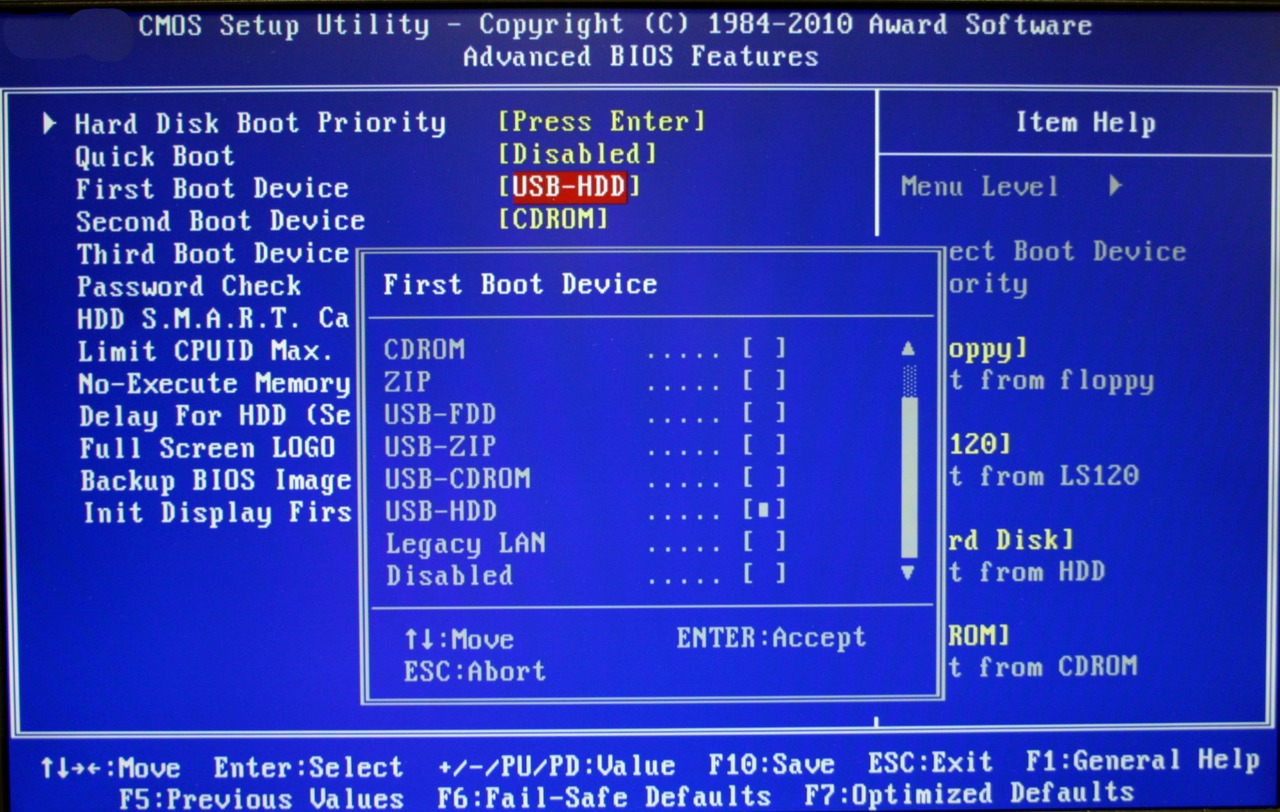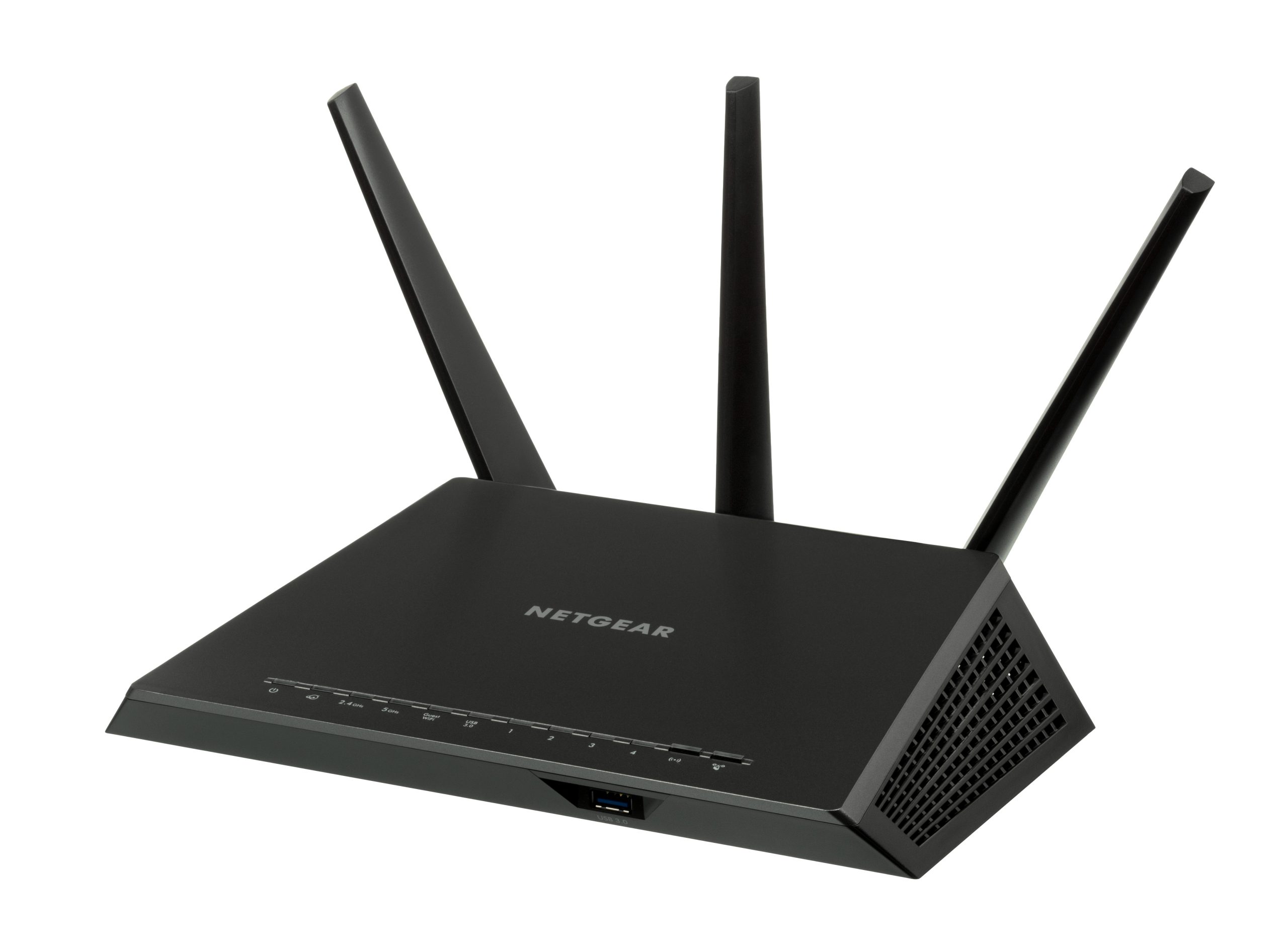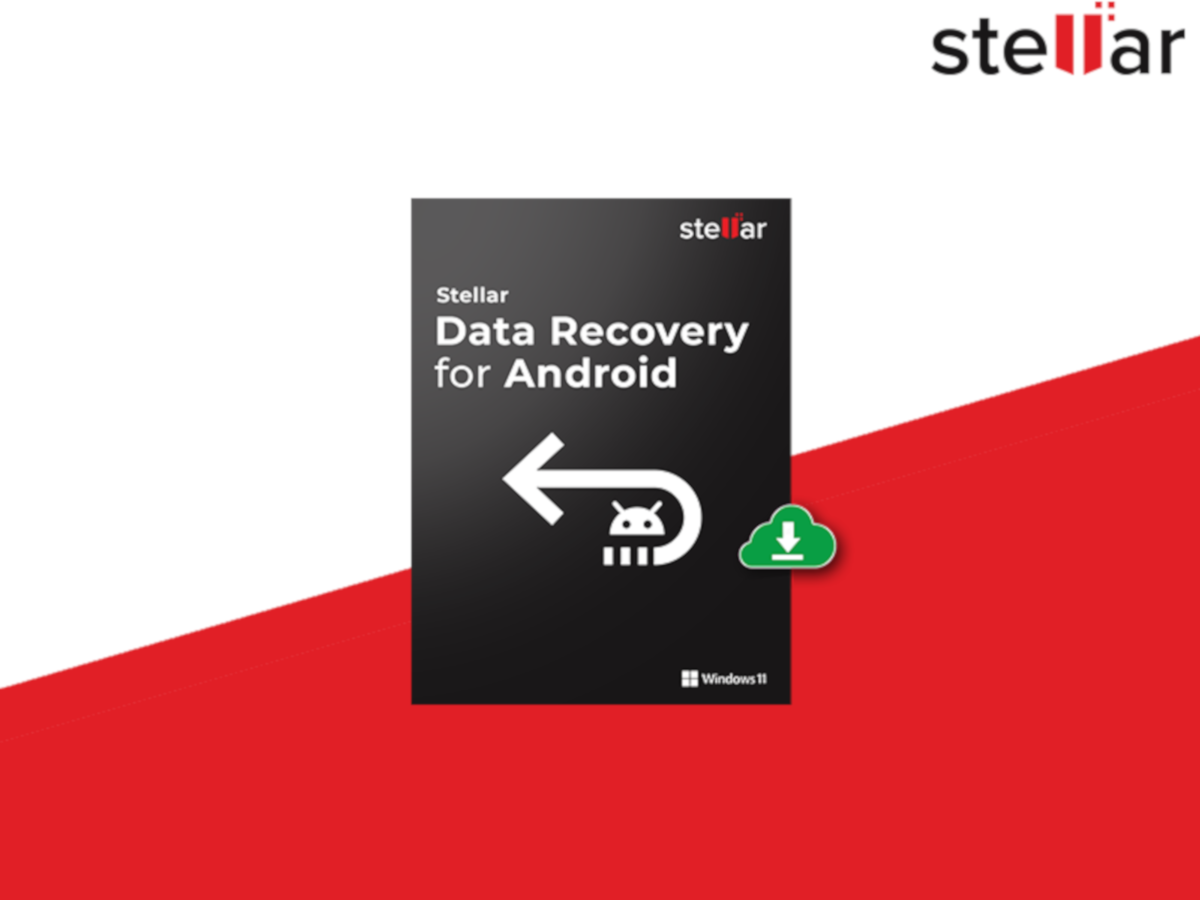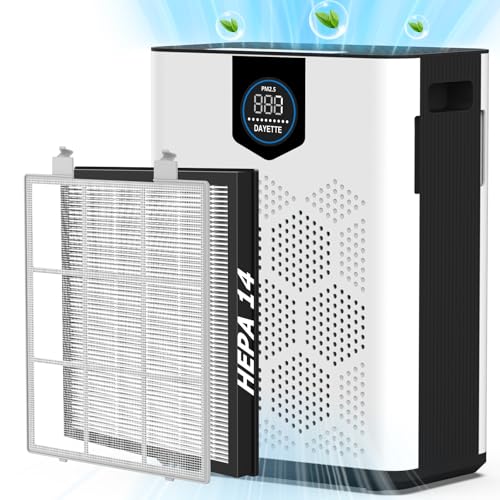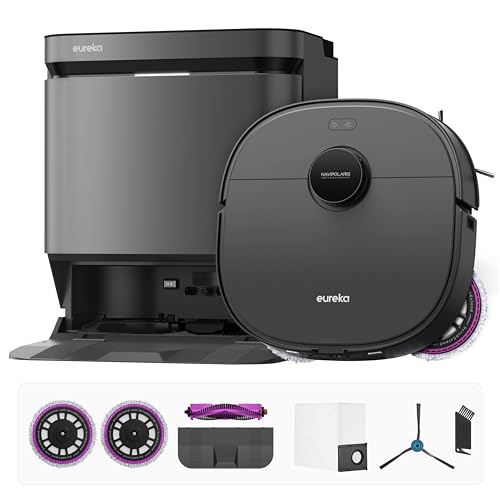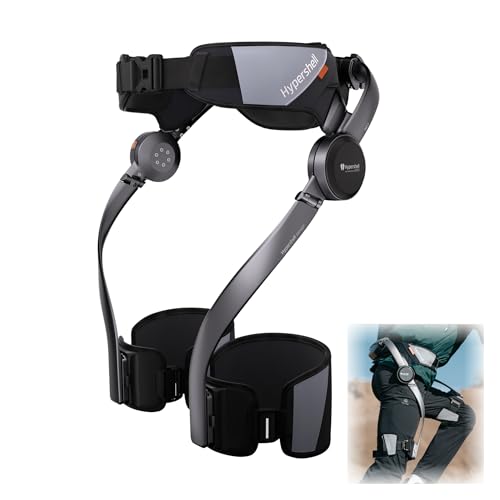This reactor-powered family sedan wasn’t science fiction—Ford seriously designed the Nucleon as tomorrow’s commuter car. While Tesla owners today stress about charging stations, Ford’s 1958 vision eliminated gas stations. Drivers would swap uranium cores every 5,000 miles at specialized reactor service centers, like changing batteries in a smoke detector that could level city blocks.
Steam Power Meets Suburban Dreams
Ford borrowed submarine technology for the family garage.
The Nucleon’s rear-mounted nuclear reactor would generate steam to spin turbines, propelling drivers to work with the same physics powering Navy submarines. This wasn’t some engineer’s fever dream—Ford built a 3/8-scale model and displayed it proudly, complete with bubble canopy cockpit. The owner would pilot this atomic roadster like something from The Jetsons, except the cartoon never addressed what happens when nuclear cars crash. The reactor service station concept actually prefigures today’s EV battery swapping networks, proving even impossible ideas can spawn practical innovations decades later.
Reality Crashes the Atomic Party
Physics killed Ford’s nuclear dreams before they left the drawing board.
Here’s where atomic optimism met immovable physics. Adequate radiation shielding would require lead barriers so heavy that the car couldn’t move. Ford’s solution? Push passengers as far forward as possible under that distinctive bubble canopy, treating proximity to uranium like a seating arrangement problem. Even with 1950s safety standards—when seat belts were optional and airbags were science fiction—the radiation risks seemed problematic. The Henry Ford Museum preserves the lone model, a monument to the era’s touching faith that atomic energy would solve everything, including traffic. Led by designer Jim Powers, Ford’s team genuinely believed future advances would yield compact, safe nuclear reactors feasible for consumer vehicles.
From Museum Piece to Pop Culture Legend
The Nucleon found new life, exploding in video games.
The Fallout franchise transformed Ford’s atomic optimism into dystopian satire, featuring nuclear cars that explode in miniature mushroom clouds. What seemed like tomorrow’s miracle in 1958 became yesterday’s cautionary tale, reminding us that revolutionary technology often reveals more about cultural dreams than engineering reality. The Nucleon’s design DNA appears in every retrofuturist aesthetic, proving that sometimes humanity’s most impossible ideas become its most enduring myths. This concept vehicle now stands as a fascinating artifact of the Atomic Age’s unrestrained optimism for nuclear technology in everyday consumer products.


